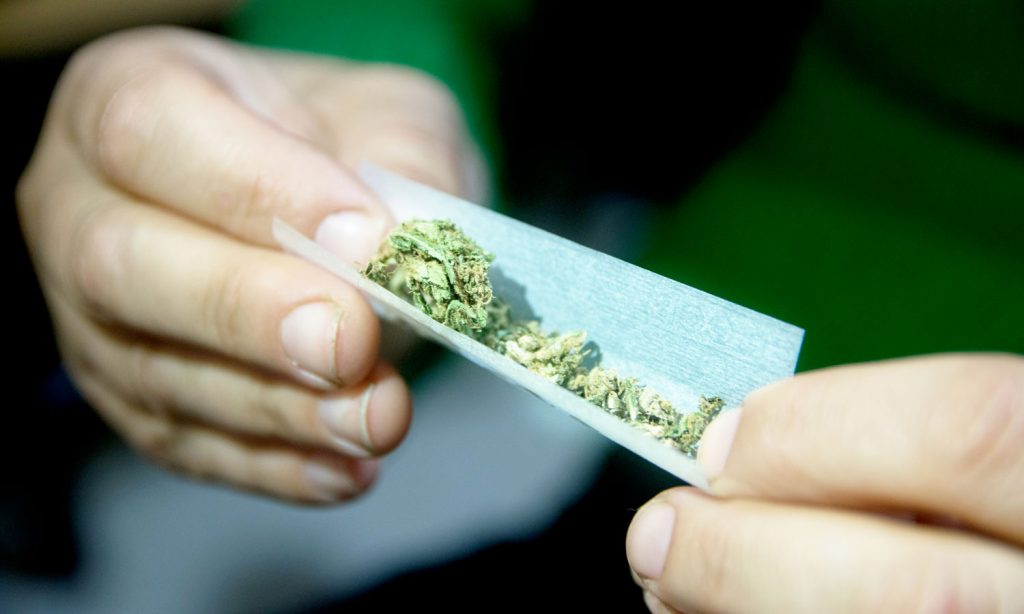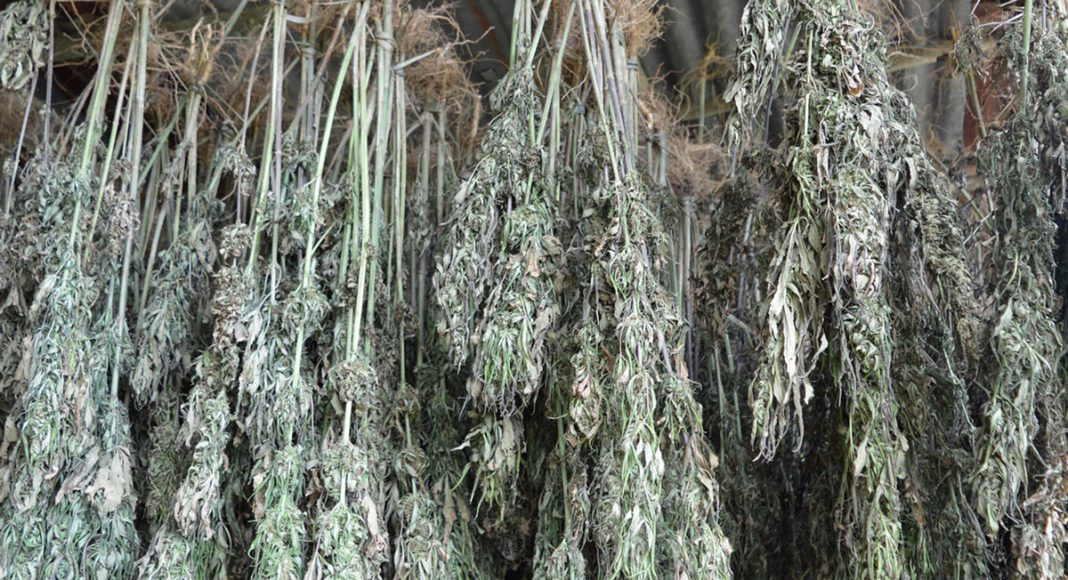While it is commonly known that improper curing techniques can greatly hinder the flavor and smell of cannabis, little has been said about any potential health issues related to smoking uncured flowers.
As the American cannabis marketplace gets legitimized, business procedures concerning the cultivation, processing, and storage of marijuana flowers are a reflection of an industry transformation into the mainstream. With this in mind, cannabis business models—mainly in the cultivation sector—are adopting procedures based on efficiency and industrial production.
The roots of the American cannabis marketplace are found in the underground expanses of western states such as California, which has had a functioning medical marijuana industry for over 20 years. Artisanal growers in these arenas oftentimes paid careful attention to the fine details of cannabis cultivation, processing, and storage. They also took great pride in properly drying and curing their flowers.
Looking at industrial agricultural models of regulated cannabis cultivation seen in states like Colorado, much of the intimate care of artisanal farming — including proper drying and curing processes — is lost in favor of efficiency and subsequent cost reduction. While it is commonly known that improper curing techniques can greatly hinder the flavor and smell of cannabis, little has been said about any potential health issues related to smoking uncured flowers.
Here are a few interesting points to consider concerning the relationship of human health and properly drying and curing buds:
Curing And Drying
Proper drying and curing procedures are essential in producing the highest quality, as well as healthiest to consume, marijuana flowers.
As per drying, experts recommend that flowers are dried in a dark room with low humidity and temperatures around 75 deg. F. Once flowers are almost completely dry, yet a bit “springy” to the touch, they are ready for curing. While this process may not seem too difficult, one would be amazed at how many growers nearly destroy their products by over-drying or under-drying their flowers.
RELATED: What’s The Difference Between Medical And Recreational Marijuana?

While explaining the fine nuances of the curing process is beyond the scope of this work, there are a couple of important points to note in the relationship of curing processes and health issues surrounding marijuana smoking. According to renowned marijuana authority Kyle Kushman, curing cannabis flowers causes “aerobic bacteria to come to life. They will consume chlorophyll and make your buds smoke … less harsh on the throat.”
When marijuana flowers are properly dried and cured, these processes make for the healthiest flowers to consume. Smoking fresh or improperly cured buds can not only lead to a sore throat for users—due to water and chlorophyll levels in the plant—but can also cause chronic lung problems with incessant coughing. For asthmatic cannabis users, this notion is greatly heightened.
CBG And THC
The marijuana plant harbors a number of chemical compounds which, altogether, present a vast array of potential medical applications for human beings. However, how these chemical compounds express themselves varies with the life-cycles of the plants, even after harvest. For example, the cannabinoid CBG, or “cannabigerol,” actually acts as the precursor chemical compound to THC.
RELATED: Report: The Future Of Cannabis Flowers Is A Total Boom
Studies have shown that CBG continues to break down into THC for a good amount of time after the plant is harvested—this chemical process is promoted by proper curing practices. As such, thorough curing practice ensures that cannabis flowers “express” their THC levels to their maximum capacity. Therefore, properly cured cannabis flowers present an attractive medicine for those medical marijuana patients whose ailments respond favorably to THC.
Kent Gruetzmacher M.F.A. is a Colorado based freelance writer and the Director of Business Development at Mac & Fulton Talent Partners (www.mandfconsultants.com), a recruiting firm dedicated to the indoor gardening and cannabis space. He is interested in utilizing his M.A. in the Humanities to critically explore the many cultural and business facets of this youthful, emergent industry by way of his entrepreneurial projects.


